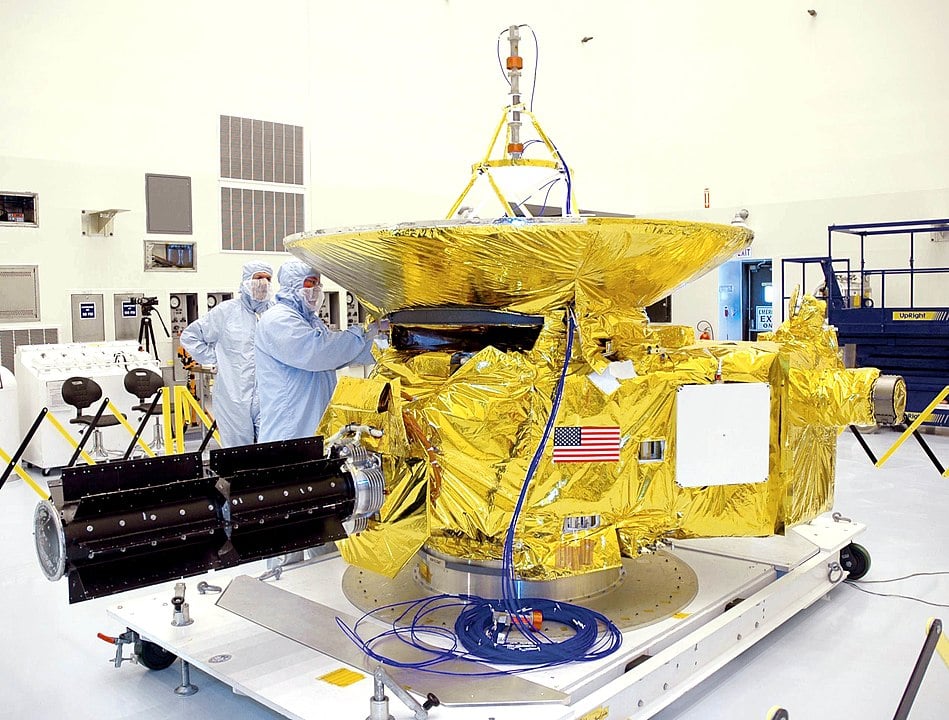Just how dark is the universe, anyway? It's a pretty hard thing to measure when we're sitting this close to the sun. But NASA's New Horizons probe is so far away that the images it takes of the distant universe are able to deliver the most accurate measurement ever of the universe's diffuse background light.
The Cosmic Optical Background is the name that scientists give to the diffuse, general light given off by all the stars and galaxies through all of space and time in the universe combined. Like its cousin, the more well-known Cosmic Microwave Background, it's an important cosmological number, because it tells us about the contents of the universe. We can't hope to measure every single galaxy, no matter how far away or dim they are, with our telescopes, so by measuring all the light given by all the galaxies we can get a better handle on how dark the universe is.
"It's an important number to know – how many galaxies are there?" said Marc Postman of the Space Telescope Science Institute in Baltimore, Maryland, a lead author on a recent study answering that very question.
Unfortunately, measuring this background light isn't as easy as just taking a picture of space and hoping for the best.
We obviously can't do a very good job from the ground, because of all the sources of light pollution on the Earth. We also can't use the Hubble, because that telescope is too close to the sun. Tiny ice particles throughout the solar system reflect the sun's light in a phenomenon called Zodiacal light, which really mess up this kind of observation.
But NASA's New Horizons spacecraft, which recently sped by the Kuiper belt object Arrokoth, is far enough away that the zodiacal light is not a concern. Using released archived images from the probe's main camera, a team of researchers attempted a measurement of the background light of the cosmos, and came up with a number about twice as bright as expected.
To get this number the team first subtracted a few known sources of background light, like stars in the Milky Way reflecting off of the interstellar medium, and galaxies too dim and distant to be observed. But even after subtracting these there was still some leftover light.
Astronomers aren't sure what could cause that excess background light. It could be a number of dwarf galaxies near the Milky Way that we haven't observed yet. It could be more stars than expected scattered in the distant outskirts of galaxies. Or it could be more galaxies than expected appearing in the early universe, something that the James Webb Space Telescope will be able to answer.
 Universe Today
Universe Today
